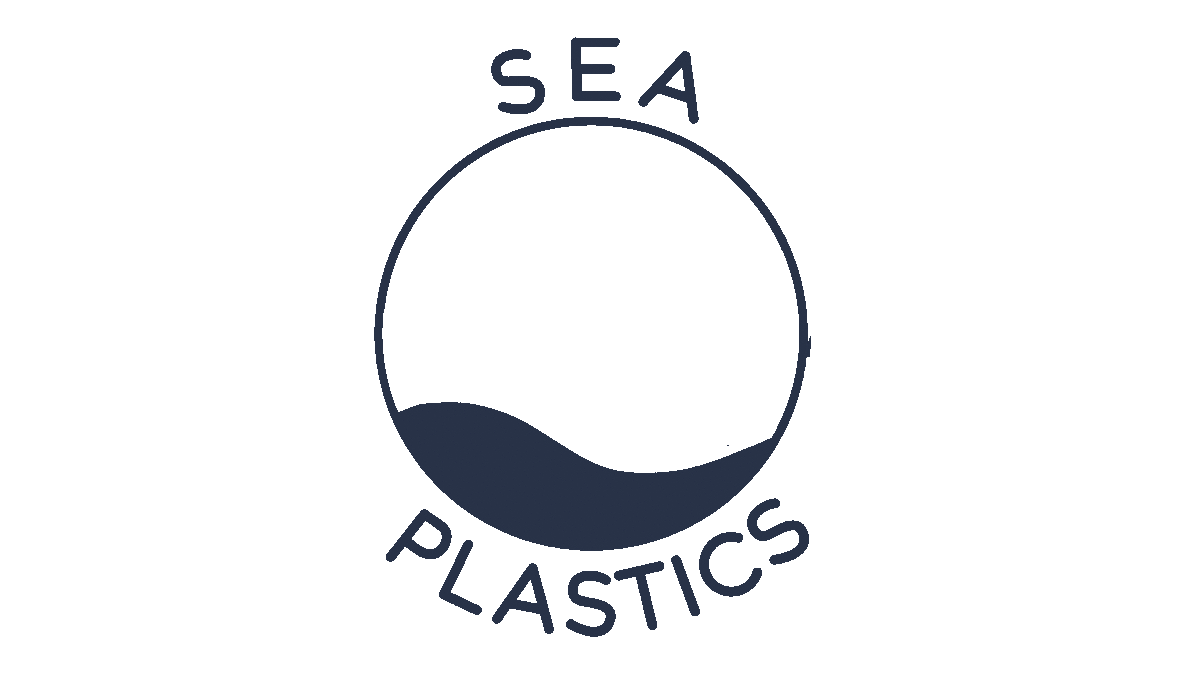la pollution plastique dans nos océans

generalites sur le plastique
L'origine du plastique
Le plastique a fait son apparition il y a 60 ans. Qu'est-ce qui rend ce matériau si unique ?
Le plastique est un matériau très résistant, constitué de polymères carbonés dont la composition varie entre les différents types de plastique, leur conférant différentes propriétés.
On distingue 3 familles de plastiques :
-
Les thermoplastiques qui sont capables d'être déformés et façonnés en différentes formes quand ils refroidissent après avoir subi l'effet de la chaleur. Cette propriété rend ces types de polymères plastiques recyclables. Parmi les thermoplastiques, on trouve les fibres synthétiques utilisées qu'on retrouve par exemple dans les vêtements synthétiques.
-
Les plastiques thermodurcissables qui ont une structure géométriquement figée. Ils sont donc rigides, cassants, insolubles et infusibles, ce qui rend ces types de plastiques non recyclables.
-
Les élastomères sont capable de supporter de grandes déformations avant de se casser. Parmi les élastomères, on trouve la gomme des pneumatiques et la semelle des chaussures.
La production de plastique mondiale
Depuis leur apparition, la production plastique ne cesse d'augmenter. Les dernières données datant de 2018 (1), quantifient la production mondiale de plastique à 360 million de tonnes. L'Europe contribue à 17% à cette production avec 62 million de tonnes produites en 2018.
Le pays qui contribue le plus à cette production est la Chine qui à elle seule produit 30% des matières plastiques mondiales.

Les secteurs qui utilisent le plus de plastique sont les secteurs de l'emballage et de la construction.
Source : Plastics Europe Annual report of PlasticsEurope. «Plastics: the facts 2019»

Source : Plastics Europe Annual report of PlasticsEurope. «Plastics: the facts 2019»
Les principaux polymères produits sont les polyoléfines : le polypropylène (PP) et le polyéthylène (PE)..



Source : Plastics Europe Annual report of PlasticsEurope. «Plastics: the facts 2019»
la pollution plastique océanique
L'accumulation du plastique dans l'environnement : des macroplastiques aux microplastiques
L'extrême résistance du plastique en fait un matériau qui se dégrade très lentement, ce qui conduit logiquement à une accumulation de débris plastiques dans l’environnement, en particulier dans les océans. Une fois en mer, sous l’effet des vents, des marées, et du soleil, les macrodéchets plastiques ont tendance à se fragmenter en microparticules de plastique parfois invisibles à l’œil nu, appelées microplastiques :

Parmi tous les débris recensés actuellement, les débris plastiques sont systématiquement les plus abondants (2).
L'engagement de SEA Plastics contre la pollution plastique océanique
Afin de mieux comprendre le comportement des débris plastiques en mer, leur localisation en fonction des courants marins et leur impact sur le vivant, plusieurs expéditions scientifiques ont réalisé des études sur le terrain. Les échantillons d'eau prélevés sont généralement prélevés dans certaines zones d’intérêt, qui sont déterminées à l’avance par des modèles informatiques prédisant entre autre le sens des courants marins. Une étude récente a montré une corrélation entre la quantité de plastiques en surface, et la présence de courants anticycloniques et dépressionnaires (2). Nous nous basons sur ces études pour réaliser nos échantillonnages.
En fonction de sa densité, on considère habituellement que le plastique va soit flotter à la surface de l’eau, soit couler et se déposer sur le fond. Ainsi, très peu d’études s’intéressent à la cartographie du plastique dans la colonne d’eau, c’est-à-dire à la répartition verticale du plastique en mer. C’est pourquoi un de nos axes de recherche est tourné vers l’étude de la répartition verticale du plastique.
Sources :
Thompson, R.C., Olsen, Y., Mitchell, R.P., Davis, A., Rowland, S.J., John, A.W.G., et al., 2004. Lost at sea: where is all the plastic? Science 304, 838. https://doi.org/10.1126/science.1094559.
Barnes, D.K., Galgani, F., Thompson, R.C., Barlaz, M., 2009. Accumulation and fragmentation of plastic debris in global environments. Philos. Trans. R. Soc. Lond. Ser. B Biol. Sci. 364, 1985–1998. https://doi.org/10.1098/rstb.2008.0205.
Plastics Europe Annual report of PlasticsEurope. «Plastics: the facts 2019». Available from: http://www.plasticseurope.org (Internet, cited April 2020).
